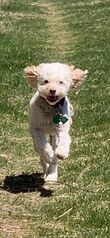
A professional dog trainer will look at the dog you have right now (as best they can in the time they have) to determine the right path to start down. A dog owner who is honest with themselves can begin to assess this too. None of these traits determine how well a dog will be trained, but they do guide you to what ways will most likely efficiently and effectively train your dog to the best of your ability.
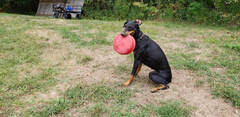
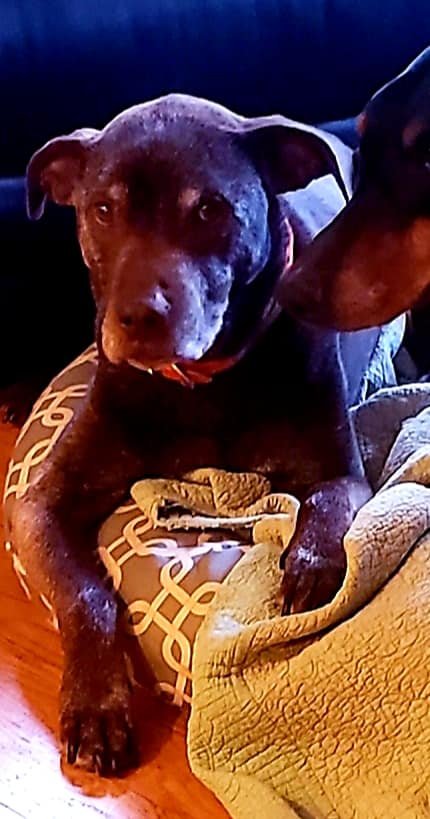
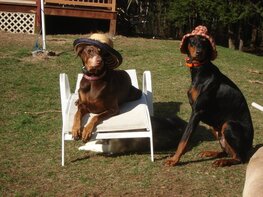
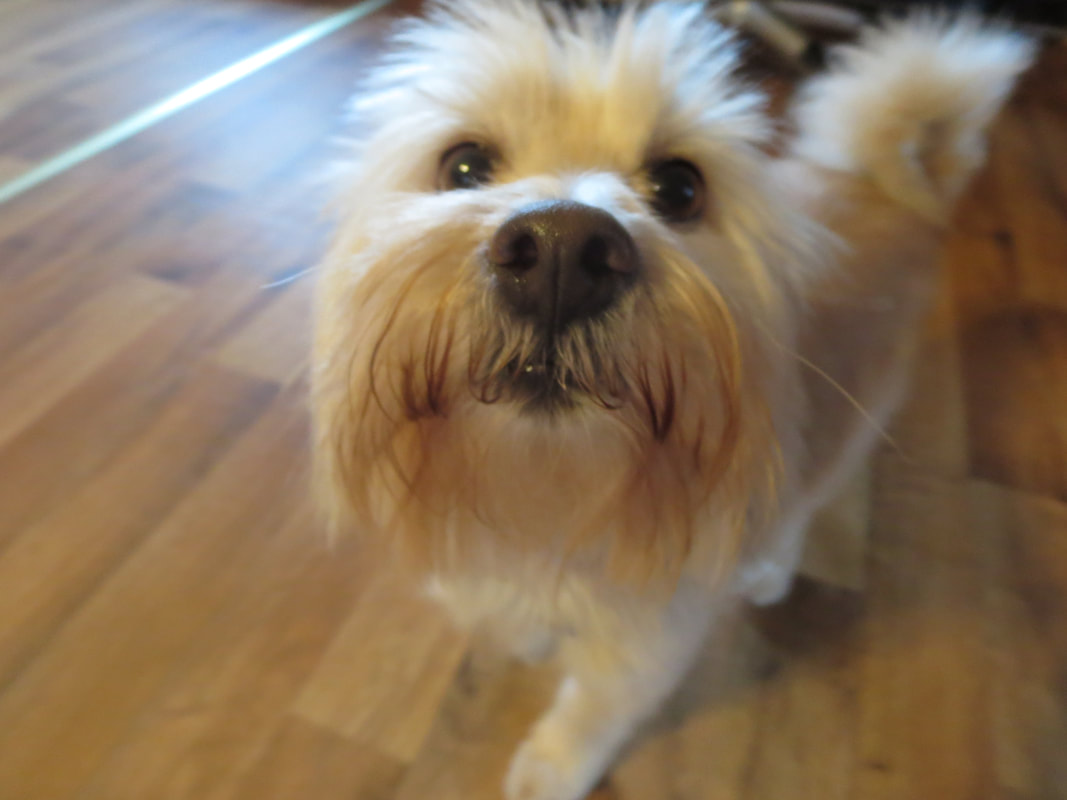
 RSS Feed
RSS Feed